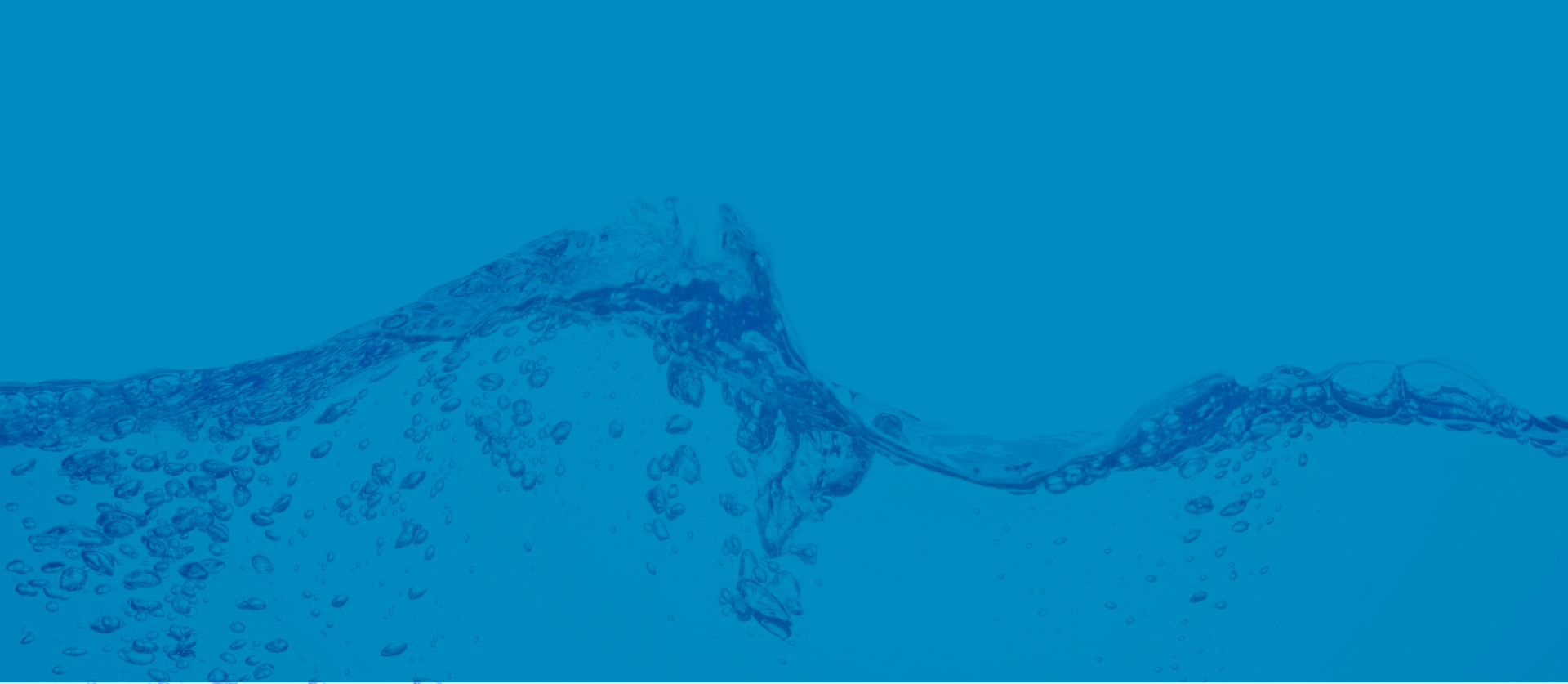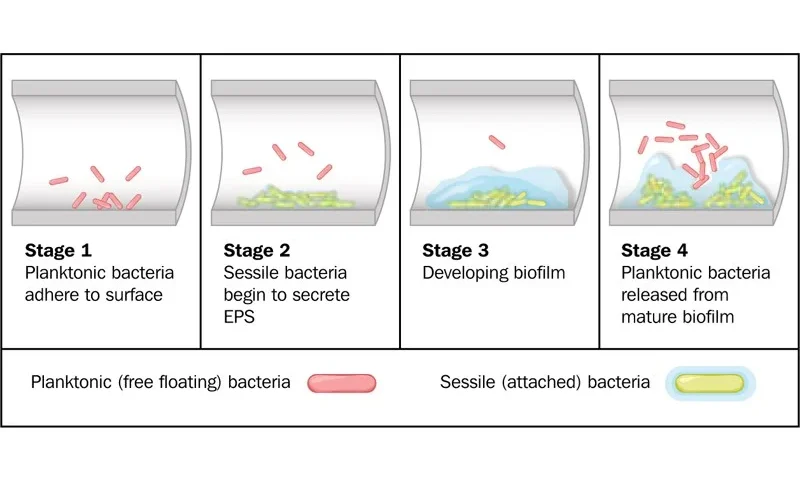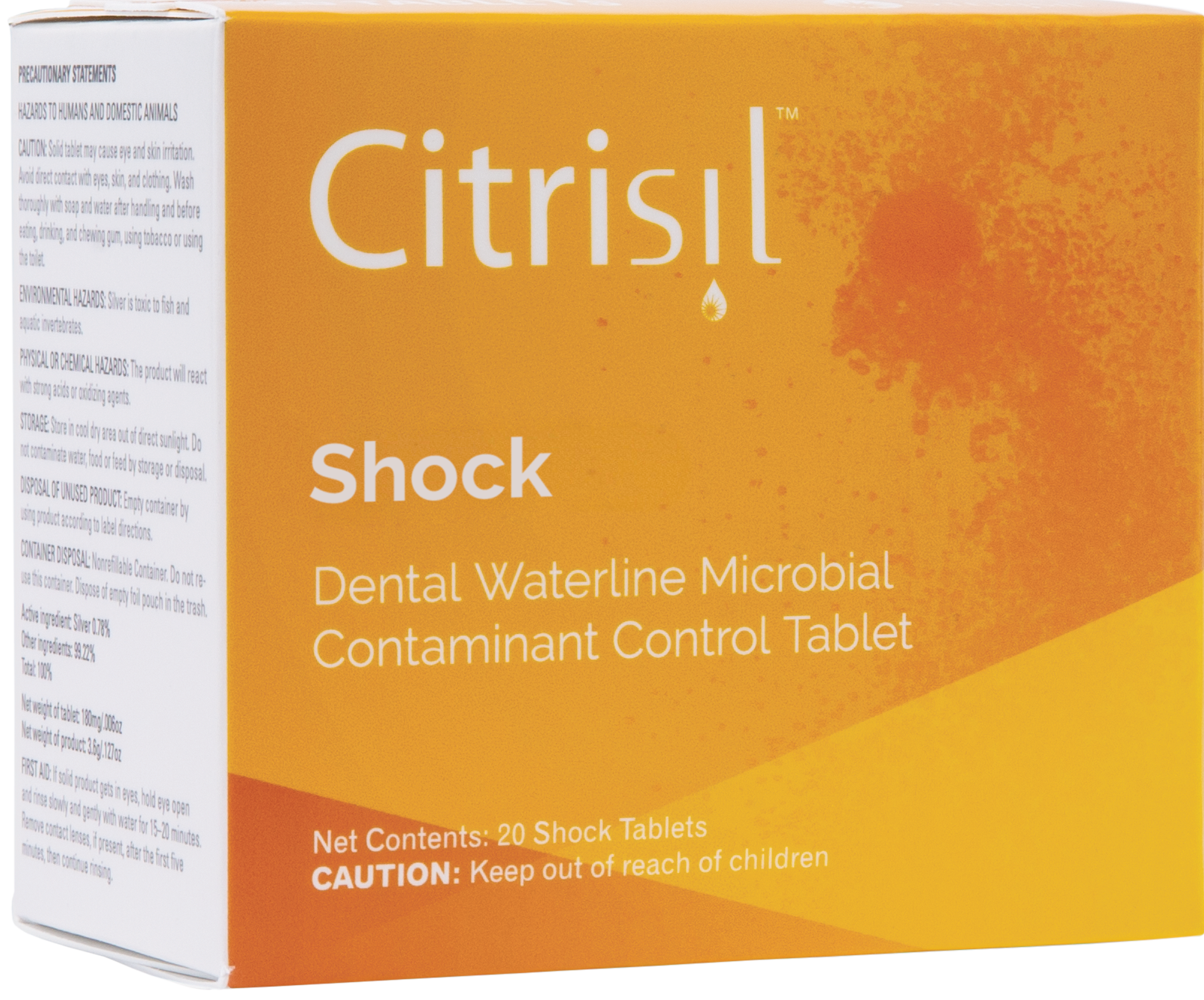Your cart is currently empty!

Why Do Dental Unit Waterlines Have Biofilm?

Dental unit water lines (DUWLs) are known to be susceptible to the formation of biofilms and subsequent bacterial buildup. Several factors contribute to this phenomenon:
- Water Source: The water used in dental units is often supplied from municipal sources, but it may not be sterile. These water sources can contain low levels of bacteria and other microorganisms. Even though the water may be treated, residual bacteria can still be present.
- Stagnation: DUWLs are often characterized by periods of stagnation, where water remains motionless within the lines. Stagnant water provides an ideal environment for microorganisms to attach to the inner surfaces of the lines and form biofilms. Biofilms are slimy coatings consisting of microorganisms and their extracellular substances.
- Nutrient Availability: Biofilm formation requires a source of nutrients. The water flowing through DUWLs can contain organic material, such as saliva, blood, and debris from patients’ mouths. These substances can serve as a food source for bacteria, promoting their growth and the development of biofilms.
- Surface Adherence: The inner surfaces of DUWLs provide a suitable substrate for microorganisms to adhere to. The presence of irregularities, roughness, and small crevices in the water line materials enhances the attachment of bacteria and the establishment of biofilms.
- Protected Environment: Once biofilms form, they create a protective environment for bacteria. The extracellular matrix of the biofilm acts as a barrier against disinfectants and antimicrobial agents, making it difficult to eradicate the bacteria within the biofilm.
The combination of these factors creates an ideal environment for bacteria to thrive and multiply within DUWLs. The presence of biofilms not only poses a risk for bacterial contamination of the dental unit water but can also contribute to the release of bacteria into the aerosols generated during dental treatment procedures, potentially leading to cross-contamination and patient infections.
Regular maintenance and appropriate disinfection protocols should be implemented to mitigate the biofilm buildup and bacterial contamination in DUWLs. This may involve flushing the lines with an appropriate disinfectant, maintaining adequate water flow rates, and using water treatment devices to improve dental unit water quality.
Share this post:

Related Posts





